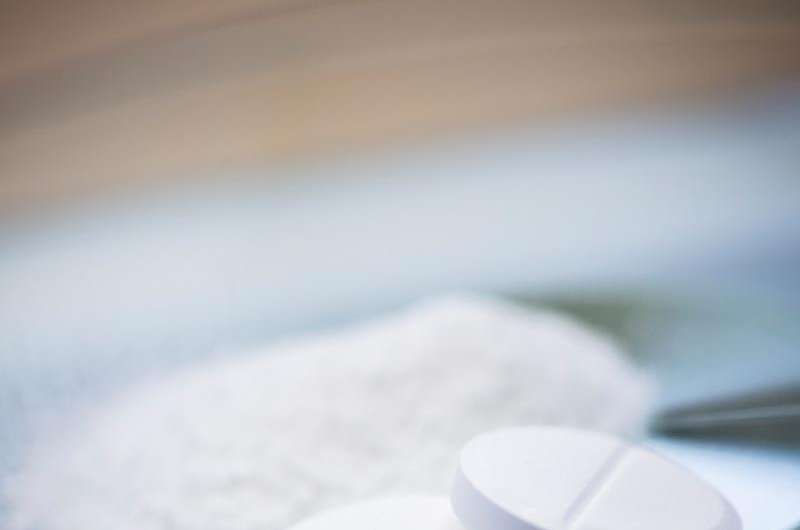New statistics methods for dose finding studies

Less than 0.02 per cent of potential active ingredients pass clinical tests and become commercially viable. However, it is possible that some candidates are rejected without good reason, suspects mathematician Prof Dr Holger Dette. Together with his team, he has developed a new calculation method which may facilitate the management of clinical dose finding studies. The report has been published in the Ruhr-Universität's science magazine "RUBIN".
Effect, but no side effects
Drugs have to achieve a specific medical effect without causing too severe side effects. So-called phase 2 studies aim at determining the minimum effective dose that ensures that this balance is maintained. Phase 2 includes trials with several hundred participants. To date, they have been subdivided into several groups of the same size. The applicable dose range, e.g. 0 to 150 milligram, has been likewise evenly distributed, so that a specific dose would be applied to each group. The first group would, for example, receive 0 mg of the active ingredient, the second group 30 mg, the third 60 mg etc. However, from the statisticians' point of view, this method is suboptimal.
Method has to establish itself in practice
In collaboration with the biostatistics department at "Novartis", Holger Dette and PhD student Kirsten Schorning have developed a method for calculating how many patients have to be tested with which dose in order to determine the optimum dose of a substance. "But it takes time for a method like that to establish itself," explains Dette. "It's not easy to convince clinicians to give up tried-and-tested approaches." Ultimately, it is not the clinicians who decide if a drug will be released on the market, but a public agency – in the USA it is the "Federal Drug Administration", short FDA. "If we're lucky, FDA will include our method into their guidelines one day," says Holger Dette. Then, doctors would be able to apply it without having to worry that the agency will not accept their clinical trials.
More information: "Using maths to identify optimum dosage: RUB statistician develops new procedures for planning of drug studies." rubin.rub.de/en/using-maths-id … ntify-optimum-dosage
Provided by Ruhr-Universitaet-Bochum

















